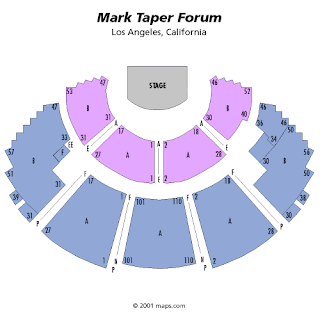Stage blocking: is a theatre term which refers to the precise movement and positioning of actors on a stage in order to facilitate the performance of a play, ballet, film or opera
Sightlines: sightlines is a normally unobstructed line-of-sight between an intended observer (or spectator) and a stage or arena for example, sightlines are a particularly important consideration in theatre and stadium design
Stage directions: Stage directions are directions given to the actors by the director. They involve the physical movement of the actors on stage. The actors are supposed to note the directions in their scripts.
Upstage: upstage is the part of the stage furthest from the audience.
Downstage: downstage is the part of the stage closest to the audience.
Stage right & stage left: Stage left and stage right are instructions when acting. Stage right is the actors' right, facing the audience, and stage left is the actors' left, facing the audience.
These stage terminologies help us direct the actors in the right directions on stage and also help us in giving the right orders to the crew.
It is important to know what they mean because if you do not know the meanings of these terms you are not able to communicate clearly with the crew.





















